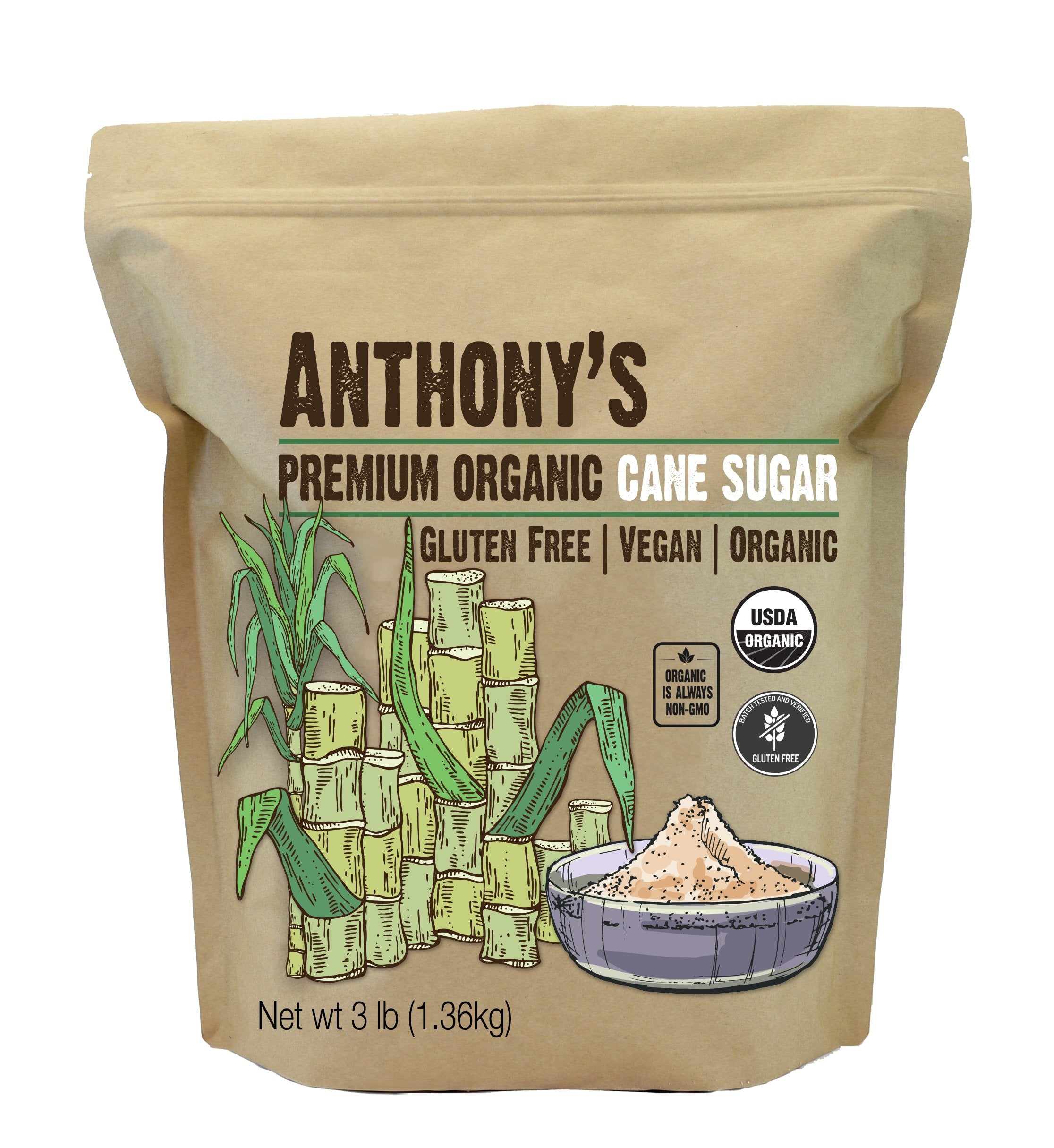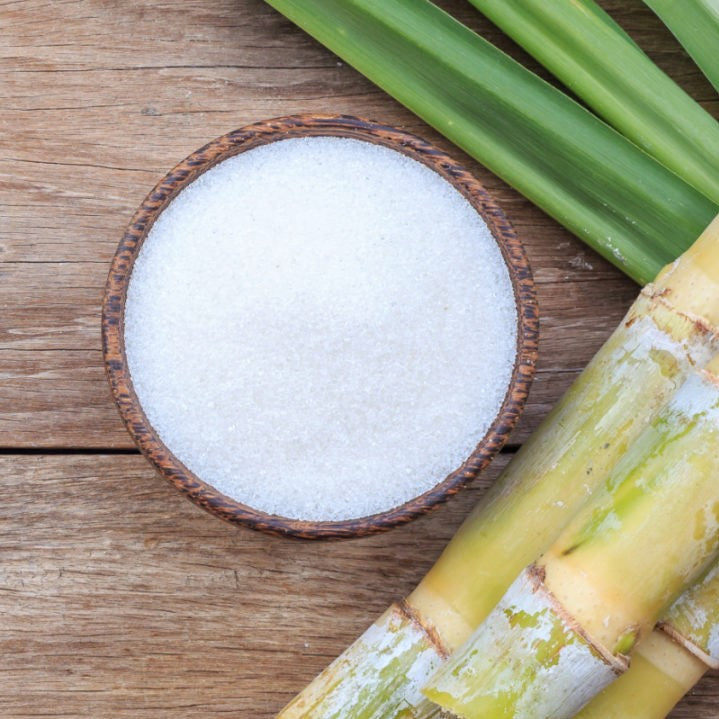Cane Sugar Processing: From Field to Table-- A Step-by-Step Overview
Cane Sugar Processing: From Field to Table-- A Step-by-Step Overview
Blog Article
Discovering the Comprehensive Steps Involved in Walking Stick Sugar Processing From Gathering to Improvement
The process of walking stick sugar production encompasses a series of intricate steps, beginning with the cautious harvesting of sugarcane and finishing in the improvement phases that make certain the end product meets sector standards. Each stage, from the extraction of juice to the purification and formation procedures, plays a vital role in identifying the quality and personality of the sugar. Comprehending these stages not just highlights the intricacy of sugar production yet likewise increases vital questions about performance, sustainability, and technology in the sector. What effects do these factors have for future techniques?
Collecting Sugarcane
Harvesting sugarcane is a crucial step in the walking stick sugar processing chain, as it directly influences the quality and yield of the final product. Proper timing and methods are crucial during this phase to guarantee optimum sugar content and lessen losses. Typically, sugarcane is harvested when it reaches maturity, normally 12 to 18 months after growing, defined by a high sucrose focus.

Post-harvest, the sugarcane should be refined quickly to prevent sucrose deterioration. Preferably, gathered cane must be carried to processing facilities within 24-hour to protect sugar top quality. For that reason, reliable logistical planning is important to maintain the honesty of the harvested crop throughout the supply chain.
Extraction Refine

The smashed walking cane undergoes a collection of pushing operations to make best use of juice recuperation. Typically, hot water is sprayed onto the smashed walking stick, producing a countercurrent flow that assists dissolve the sugar while also aiding in the extraction process. The juice collected from this operation has not just sugar yet also numerous natural substances and contaminations.

To enhance extraction effectiveness, some centers may utilize diffusion techniques, where the sugarcane is soaked in hot water, allowing the soluble sugars to diffuse into the fluid. The resulting juice, abundant in sucrose, is after that routed to succeeding handling stages, laying the foundation for filtration and refinement. The removal process is hence crucial in figuring out the quality and return of the final sugar item.
Filtration Techniques
The purification techniques utilized in walking stick sugar handling are essential for changing the raw juice right into a high-grade sugar item. These methods mostly intend to eliminate contaminations, such as soil, plant products, and not natural compounds, which can detrimentally affect the end product's flavor and color.
This process involves including lime and warmth to the raw juice, which facilitates the coagulation of impurities. In addition, the use of phosphoric acid can enhance the clarification process by further binding impurities.
An additional substantial technique is carbonatation, where carbon dioxide is presented to the cleared up juice. This reaction produces calcium carbonate, which records continuing to be contaminations and advertises their elimination.
Additionally, activated carbon therapy might be put on adsorb any type of staying colorants and organic pollutants, making sure a much more refined product. The combination of these approaches properly prepares the sugar juice for succeeding actions in the refining procedure, setting the stage for the production of high-grade walking stick sugar.
Condensation Techniques
After the purification stage, the next vital action in cane sugar handling includes condensation methods, which play a pivotal duty in changing the clarified juice right into strong sugar. This process usually employs 2 key techniques: spontaneous crystallization and regulated condensation.
In spontaneous condensation, supersaturated sugar solutions are enabled to cool down naturally, leading to the formation of sugar crystals over time. This approach enables for the consistent development of sugar crystals and higher pureness.
During condensation, the clarified juice is concentrated through evaporation, increasing its sugar material until it reaches supersaturation. Once this factor is accomplished, either method can promote the find more crystallization procedure. Cane Sugar Processing. The resultant sugar crystals are after that separated from the staying syrup via centrifugation
Inevitably, the choice of crystallization technique affects the high quality, dimension, and pureness of the last sugar item, making this action essential in the overall cane sugar processing treatment.
Improvement and Packaging
Exactly how can the pureness and top quality of cane sugar be even more improved after formation? The refinement process plays an important duty in accomplishing top notch cane sugar. Following condensation, sugar undertakes an extensive washing to get rid of pollutants and recurring molasses. This is commonly accomplished using warm water or vapor, which assists dissolve and draw out undesirable elements while maintaining the sugar crystals.
Following, the sugar goes through a process called centrifugation, where it is spun at broadband to divide the cleansed sugar crystals from the remaining liquid. After centrifugation, the sugar is often more refined via a technique called carbonization or phosphatation, which utilizes turned on carbon or phosphoric acid to remove color and off-flavors.
Once improved, the sugar is dried to attain the wanted wetness material, check my site guaranteeing that it remains secure throughout storage space and transport. The last step entails product packaging the polished sugar in moisture-proof and airtight containers to maintain its high quality and protect against contamination. Cane Sugar Processing. Appropriate product packaging not only extends service life however also promotes very easy handling and distribution, ensuring that customers receive sugar that fulfills the greatest criteria of purity and high quality
Conclusion
The detailed steps included in cane sugar handling, from the precise harvesting of sugarcane to the elaborate improvement and packaging stages, underscore the relevance of each stage in ensuring high-grade sugar manufacturing. Optimal harvesting methods, reliable extraction techniques, and strenuous purification processes collectively add to the end product's pureness and stability. The formation and subsequent product packaging methods better enhance the integrity and life span of the sugar, highlighting the complexity and accuracy inherent in this essential agricultural industry.
The process of walking cane sugar production incorporates a collection of detailed actions, beginning with the careful harvesting of sugarcane and culminating in the navigate to this site improvement phases that make sure the final product meets sector criteria. Preferably, gathered walking stick ought to be carried to processing facilities within 24 hours to protect sugar quality.In spontaneous formation, supersaturated sugar services are enabled to cool down normally, leading to the formation of sugar crystals over time - Cane Sugar Processing. The refinement process plays a critical duty in attaining high-quality walking cane sugar.The detailed steps entailed in cane sugar handling, from the precise harvesting of sugarcane to the intricate improvement and packaging phases, emphasize the significance of each phase in making certain high-quality sugar manufacturing
Report this page